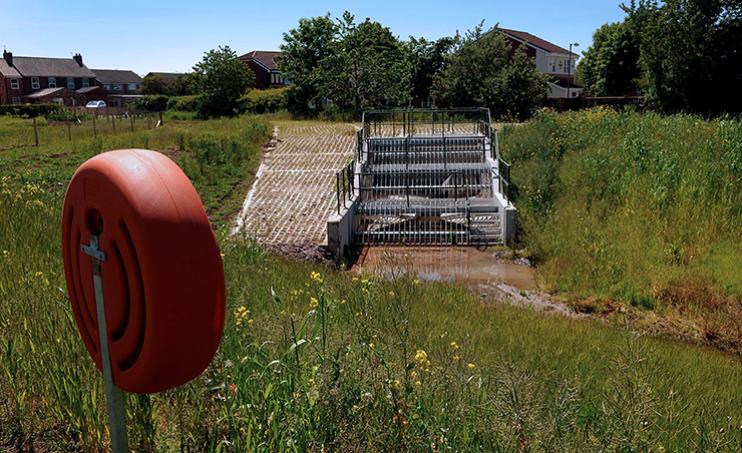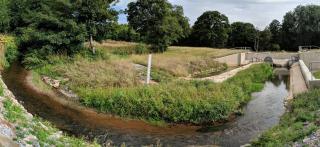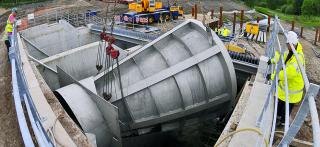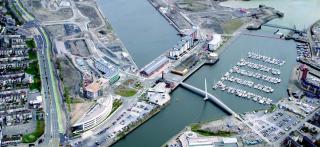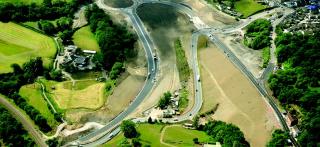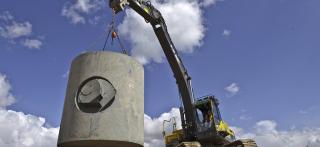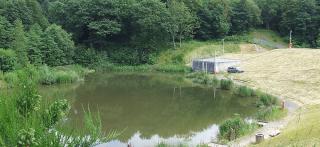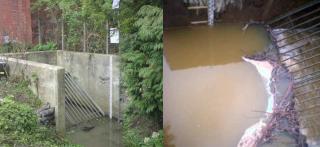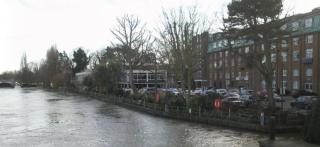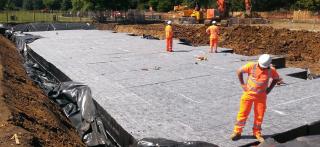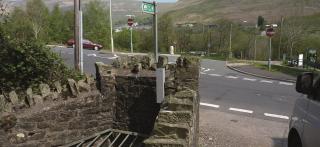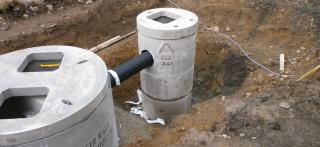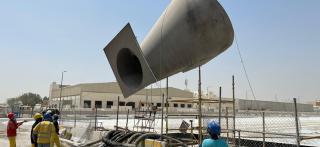
£3.2 Million Project to End Flooding Misery in Northallerton, UK
Two Hydro-Brake® Flood vortex flow controls, installed in discreet, newly-refurbished culverts on the outskirts of the town, reduce flooding risk in Northallerton, UK.
Situation
The Northallerton catchment, with the villages of Brompton and Romanby is in a low lying river valley, surrounded by steep, well-drained agricultural land which makes it susceptible to flash flooding.
Largely culverted, the Turker and Sun Beck watercourses run through suburbs and the centre of the town, causing flood threats to amenities including Grade II listed buildings, conservation areas and listed monuments as well as the Friarage Hospital. At times of peak flow, excess floodwaters have overtopped the watercourse in the agricultural land on their approach to the culverts, causing flooding in the east of the town.
The rivers in the catchment are constricted by bridges, culverts and their channel capacities and recent CCTV surveys have revealed that some were in a poor state of repair, or could be threatened with collapse should flows continue at high volumes.
Problem
The North Yorkshire town of Northallerton and surrounding villages have been plagued with flooding since the early 20th Century, with major floods most recently in 2000 and 2008 that caused widespread disruption and damage including to the town’s Friarage Hospital.
Frequent floods have already necessitated the reconfiguration of the ground floor of Friarage Hospital so as to reduce major disruption from flooding, although it remains vulnerable.
Solution
To reduce the risk of flooding to about 300 properties, the EA has adopted a solution designed with advanced self-regulating Hydro-Brake® Flood hydrodynamic vortex flow controls to protect against a 1 in 100 years storm with a 30% extra provision for climate change.
Detailed hydraulic modelling was conducted for the Northallerton catchment before designing the new solution.
The solution is designed to protect the area from flash floods, even in the event of an intense storm which could occur only once in 100 years, even with climate change,” said Ian Cooke, Environment Agency project manager. “The design meets sustainable principles, by attenuating (holding back) excess flows and allowing them to discharge at a controlled rate.
Outcome
The Hydro-Brake® Flood flow controls have been installed in specially-constructed below-ground concrete culverts. The storage basin is grassed over so the flood defences are virtually invisible.”
The cone-shaped Hydro-Brake® Flood flow control devices installed in the culverts are based on an industry-standard method of flow attenuation, most frequently used in much smaller dimensions as part of urban surface water drainage designs.
The Hydro-Brake® Flood units were individually sized to create an optimal internal geometry that delivers best-possible hydraulic performance with the minimum amount of upstream storage.
As well as providing storage along the Turker Beck site, an opportunity for improving the habitat to accommodate a biodiversity action plan has been taken, by including 12 m buffer strips on the previously cultivated land.
This is expected to qualify for Entry Level Environmental Stewardship and, with adjacent tree and hedge planting, will improve water quality as well as encourage wildlife; early consultation with Natural England supported this action.



